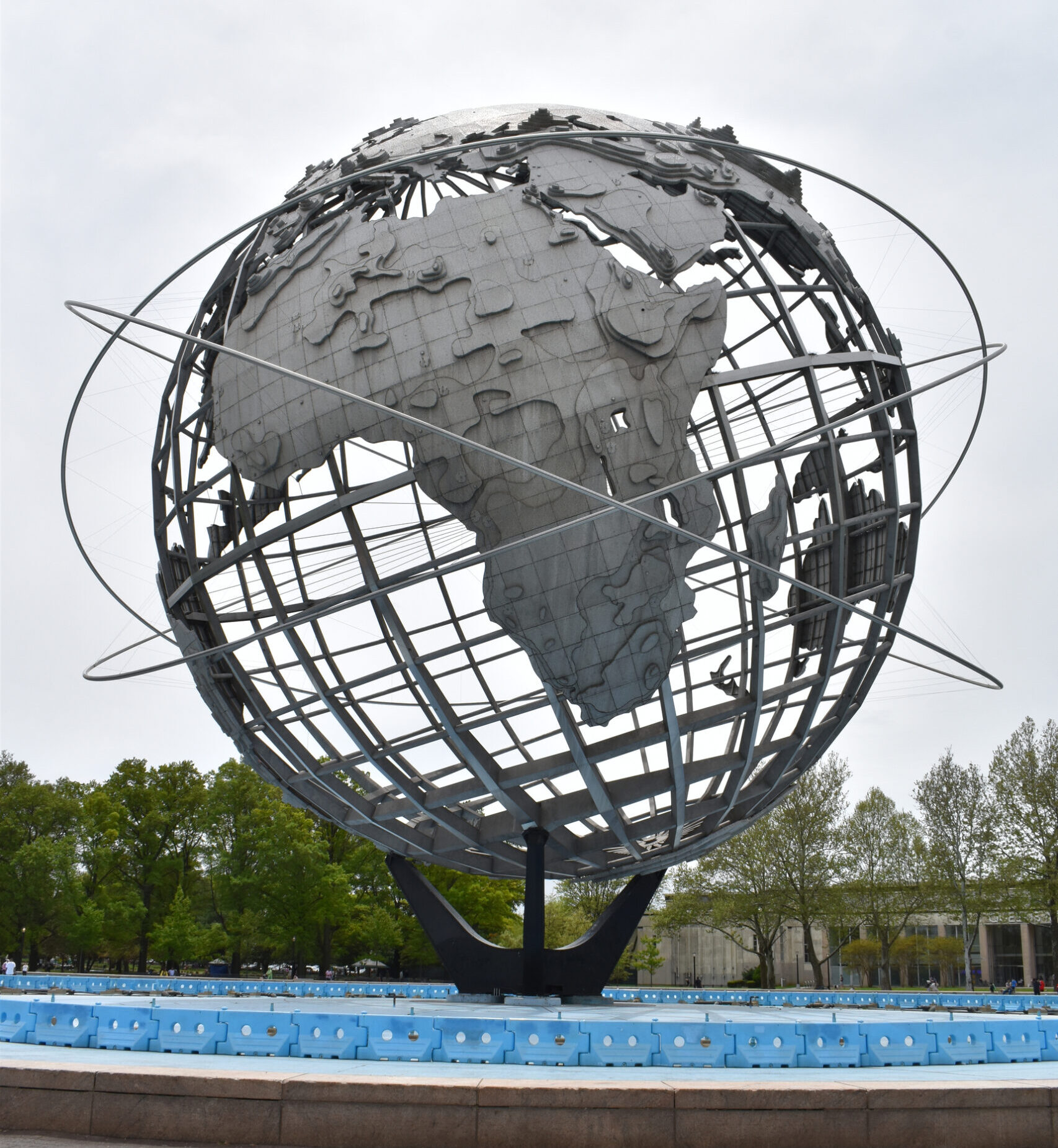Congress Should Read the New CRS Report on Patent Trolls
Patent trolls. DisCo’s not a fan. They’re disruptive in the bad sense, and completely anticompetitive. For more, see Dan’s “Paying the Troll Toll: Patent Trolls Prey on Startups” post last month introducing the issues and DisCo’s views.
But this is not a fringe issue; Congress has been aware of these challenges for years now. And a new Congressional Research Service (CRS) report they have commissioned just came out last week. As reported by Techdirt’s Mike Masnick, the Congressional Research Service (CRS) recently released a report on patent trolls, as required by the America Invents Act. “An Overview of the ‘Patent Trolls’ Debate” [PDF], released on August 20, 2012, was written by Legislative Attorney Brian T. Yeh. (Tangent: I’d read excerpts of a prior CRS report by Yeh, the December 5, 2011 “Online Copyright Infringement and Counterfeiting: Legislation in the 112th Congress,” and remembered his thorough research and clear writing style.) In this new report, Yeh used the term “patent trolls” in the title, but primarily used the acronym PAE (“patent assertion entities”) in the text, as contrasted with the broader NPE (“non-practicing entities”) that is sometimes used. PAEs subsist by asserting patent rights that they have acquired; they do not commercialize the ideas and inventions, do not put products into the marketplace for consumers to spend money on and stimulate the U.S. economy, and do not contribute to the broader notions of “promot[ing] the Progress . . . of the useful Arts” that the Founding Fathers envisioned.
Yeh made a lot of convincing yet objective arguments about the negative impacts of PAEs on innovation and competition, to the detriment of essentially everyone else. The public loses out when products are never made or sold because of PAEs, and when prices are higher due to licensing fees that impose a tax on innovation. Yeh’s report excerpted many prominent patent scholars such as Mark A. Lemley, and James Bessen & Michael J. Meurer; and repeatedly referenced the FTC’s 2011 report “The Evolving IP Marketplace: Aligning Patent Notice and Remedies with Competition.” [PDF] He highlighted significant statistics, and somehow managed to use footnotes after almost every sentence but not in a distracting way.
The products and features that the public never gets due to litigation risks, the amount of money that is diverted from research for new products to defend lawsuits, the settlements even when success is all-but-guaranteed just because it costs money… It’s hard to read about these issues and not consistently nod your head, and have to actively prevent yourself from exclaiming “ugh, THIS!” (Okay, fine, maybe that’s just me.)
A few excerpts are below (citations omitted; emphasis added):
[Patent] reform advocates fear that PAEs impede innovation, undermine the patent system, and wreak havoc on businesses that play a vital role in the American economy. According to one study, PAE activity cost defendants and licensees $29 billion in 2011, a 400 percent increase over $7 billion in 2005, and the losses are mostly deadweight, with less than 25 percent flowing to innovation and at least that much going towards legal fees. Another recent study suggests that PAE activity could harm competition to the extent that operating companies use or “sponsor” PAEs as a means of imposing costs on rivals and achieving other anticompetitive ends.
* * * * * * * * * * * * * * * * * * * * * * * * * * * *
PAEs have frequently been accused of imposing a “tax on innovation” and undermining or impairing the incentives that patent law aims to create. . . . [T]he FTC and many experts in the field indicate that [PAEs] currently do more harm than good to innovation and the patent system. . . .
To the extent that PAEs wait to seek licenses until defendants have sunk costs into a product or invested in developing a disputed technology on their own, the FTC suggests that they can deter innovation by raising costs and risks for the companies and investors that actually bring products to market. Investment decisions must factor in the likelihood that PAEs will later emerge and demand royalties or bring costly litigation, directly reducing returns on investment. Faced with lower profit margins and uncertain but potentially significant risk, manufacturers may find that some R&D projects, features, and product improvements are simply not worth doing, even if beneficial to consumers. Similarly, startups and small businesses may have a harder time getting funding from venture capitalists and other investors who anticipate future PAE demands.
There are also opportunity costs as productive entities divert funds from R&D to deal with PAEs. In addition to the obvious diversion to pay licensing fees and legal costs, there has also been a shift towards investing in PAEs instead of startups or other ventures. . . .
* * * * * * * * * * * * * * * * * * * * * * * * * * * *
PAEs may create disincentives for firms to invest in the rest of the process to turn inventions into products and bring them to market. The more a firm invests in R&D, the more likely it is to be sued by a PAE. And each extra dollar PAEs pay out for patents in the secondary market may deduct from the profits of firms that actually commercialize and make use of patented technologies.
James Bessen and Michael J. Meurer have reported that of the $29 billion PAEs cost defendants in 2011, no more than 25 percent of it flowed back to innovation—the rest they categorize as deadweight loss. In other words, this report calculated that only a fraction of defendant losses go towards the benefits PAEs assert. Empirical research has also raised doubts about how much PAEs actually help small inventors and startups.
Yeh also mentioned the well-documented phenomenon (see 1, 2, and 3 for just a few examples) of how the IT sector is more susceptible to patent abuse than other industries, particularly pharmaceuticals: “PAE suits are concentrated in the IT sphere, with about 64% of NPE-asserted patents coveting [sic] computer- or electronics-related inventions, and almost 40% covering software-related inventions. They also account for 40 to 60 percent of suits over high-tech patents.”
In addition to highlighting the challenges, Yeh also listed several potential legislative options for alleviating the impact on innovation. One notable example is the pending Saving High-Tech Innovators from Egregious Legal Disputes Act of 2012 (“the SHIELD Act”). The SHIELD Act, if passed, would deter PAEs from filing frivolous cases because if the court determines that “the party alleging the infringement of the patent did not have a reasonable likelihood of succeeding,” they can award costs to the prevailing party, including attorney’s fees, thus undercutting the business model of many PAEs.
As Yeh explains, “The PAE business model focuses not on developing or commercializing patented inventions but on buying and asserting patents, often against firms that have already begun using the claimed technology after developing it independently, unaware of the PAE patent. . . . For most PAEs, the costs of litigating and losing are more than offset by the licensing fees they can gain by demonstrating their tenacity to future defendants.” (Basically, PAEs often use the high cost of patent litigation to extract licensing fees from their targets in a settlement even when their prospects of winning are low. The incentive for the victims to settle is clear. Pay $X now and settle, or pay $X+ defending yourself, because it’s expensive to litigate, even if you’re likely to win.) Furthermore, the SHIELD Act would only apply to computer hardware or software patents, which is the area that the majority of PAE suits are filed in.
This act, although a small piece of the larger patent reform pie, would alter private litigation incentives to better align with the public good by preventing plaintiffs from using the costs of patent litigation to extort money out of productive companies. This is especially useful when one considers that, as the CRS report mentioned several times, PAEs lose 92 percent of the cases on the merits when actually forced to go to trial.
One noteworthy case that has gone to trial was reported this week; the New York Times Company is admirably standing up to several patent trolls, including one who had already been paid off by about 100 other companies, such as Apple and Disney. New York Times General Counsel Kenneth Richieri gave his perspective on the patent troll process: “In some ways, it’s a tax for being on the Internet. Millions and millions of dollars collectively is going out of the pockets of people who earned it to people who, in my opinion, didn’t do anything.” The Times has suspended litigation to pay for the patents to be re-examined by the U.S. Patent & Trademark Office. If the SHIELD Act is passed, more defendants could afford to fight back against patent trolls like this.
The SHIELD Act was just one suggestion in this important new CRS report. If Congress wants to pursue meaningful patent reform to help the U.S. economy, they should read Yeh’s objective advice carefully.








